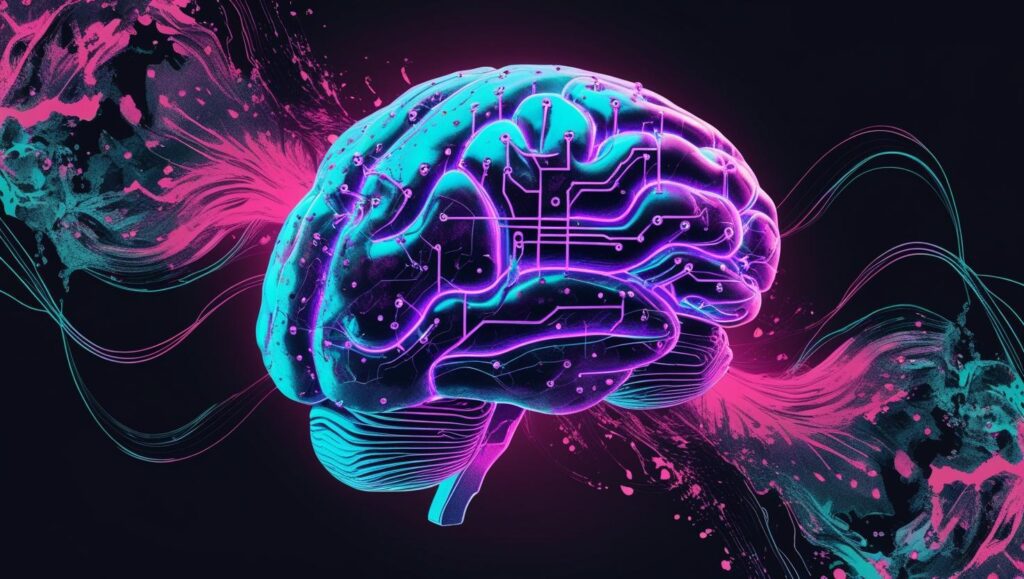The 8 Best Neural Network Machine Learning Hacks Now

Neural network machine learning is changing the world. From self-driving cars to smart assistants, it’s behind some of the coolest tech today. But getting good at it can feel tricky. Don’t worry—I’ve got you covered with eight simple, practical hacks to level up your neural network machine learning skills in 2025. These tips are easy to follow, even if you’re just starting out. Let’s dive in and make learning this exciting field fun and effective!
Why Neural Network Machine Learning Matters
Neural networks are like the brain of modern AI. They learn patterns from data, making them super powerful for tasks like image recognition or predicting trends. Mastering neural network machine learning opens doors to amazing career opportunities. Whether you’re a beginner or a pro, these hacks will help you stay ahead in this fast-moving field.
Hack 1: Start with Small, Simple Datasets
Big datasets can be overwhelming. Instead, begin with small, clean datasets to practice neural network machine learning. For example, try the MNIST dataset for handwritten digit recognition. It’s simple and lets you focus on building and tweaking your neural network without getting lost in complex data.
- Why it works: Small datasets are easier to handle and help you understand how neural networks learn.
- How to do it: Download MNIST or similar datasets from open-source platforms. Use a tool like Python’s TensorFlow to build a basic model.
- Pro tip: Experiment with different layers and see how they affect accuracy.
This approach builds confidence and teaches you the basics of neural network machine learning fast.
Hack 2: Master the Basics of Activation Functions
Activation functions are the heart of neural network machine learning. They decide how data flows through the network. Don’t skip learning about ReLU, Sigmoid, or Tanh—they’re key to making your models work better.
- ReLU: Great for speeding up training and avoiding vanishing gradients.
- Sigmoid: Best for binary classification tasks.
- Tanh: Useful for balancing data but can be slower.
Spend time experimenting with these functions. Try swapping them in a simple neural network to see how they change results. Understanding them will make your models smarter and more efficient.
Hack 3: Use Pre-trained Models to Save Time
Why start from scratch? Pre-trained models like BERT or ResNet are already trained on huge datasets. You can fine-tune them for your neural network machine learning projects. This saves time and boosts performance, especially if you’re working with limited data.
- How to start: Use libraries like Hugging Face or PyTorch to access pre-trained models.
- When to use: Perfect for tasks like image classification or natural language processing.
- Bonus: Fine-tuning is faster than training a model from zero.
This hack lets you focus on tweaking models instead of building them from the ground up.
Hack 4: Experiment with Hyperparameter Tuning
Hyperparameters, like learning rate or batch size, can make or break your neural network machine learning model. Small changes can lead to big improvements. Don’t just stick with default settings—play around to find what works best.
Here’s a quick guide to key hyperparameters:
| Hyperparameter | What It Does | Suggested Starting Point |
|---|---|---|
| Learning Rate | Controls how fast the model learns | 0.001–0.01 |
| Batch Size | Number of samples per update | 32–128 |
| Epochs | How many times the model sees the data | 10–50 |
Try tools like Grid Search or Random Search to test combinations. This hands-on approach will sharpen your skills and make your models more accurate.

Hack 5: Regularize to Avoid Overfitting
Overfitting is a common problem in neural network machine learning. It happens when your model learns the training data too well but fails on new data. Regularization techniques like dropout or L2 regularization can help.
- Dropout: Randomly turns off some neurons during training to prevent over-reliance.
- L2 Regularization: Adds a penalty to keep weights small, making models simpler.
Test these techniques on a small project. You’ll see better results on unseen data, which is critical for real-world applications.
Hack 6: Visualize Your Neural Network’s Performance
Seeing is believing. Visualizing how your neural network machine learning model performs can reveal what’s working and what’s not. Tools like Matplotlib or TensorBoard can show you loss curves, accuracy trends, or even layer outputs.
- Why it’s useful: Graphs make it easier to spot issues like slow learning or overfitting.
- How to do it: Use Python libraries to plot metrics after each training run.
- Quick tip: Compare training and validation accuracy to catch problems early.
This hack makes debugging fun and helps you build better models faster.
Hack 7: Leverage Open-Source Communities
The neural network machine learning community is huge and welcoming. Platforms like GitHub, Kaggle, or Reddit have tons of free resources, code snippets, and advice. Joining these communities can give you new ideas and solutions to common problems.
- Where to look: Check Kaggle for datasets and competitions or GitHub for open-source projects.
- How to engage: Ask questions, share your projects, or contribute to others’ code.
- Why it helps: You’ll learn tricks that books or courses don’t teach.
Connecting with others keeps you motivated and exposes you to real-world neural network machine learning challenges.
Hack 8: Practice with Real-World Projects
Nothing beats hands-on experience. Build real projects to apply your neural network machine learning skills. Start with something simple, like a chatbot or a photo classifier, and gradually tackle bigger challenges.
- Project ideas:
- A movie recommendation system using neural networks.
- A handwriting recognition tool.
- A stock price predictor (just for practice, not financial advice!).
- Why it works: Projects force you to solve real problems, like messy data or slow training.
- Next step: Share your project online to get feedback and improve.
This hack ties everything together, helping you grow from a beginner to a confident practitioner.
Conclusion
Neural network machine learning doesn’t have to be scary. With these eight hacks—starting small, mastering activation functions, using pre-trained models, tuning hyperparameters, regularizing, visualizing, joining communities, and building projects—you’re set to succeed in 2025. Each step is simple, practical, and designed to make you better. So, pick one hack, try it out, and keep going. You’ve got this!
FAQs
Q: Do I need a powerful computer for neural network machine learning?
A: Not always! You can start with a basic laptop using cloud platforms like Google Colab for heavier tasks.
Q: How long does it take to learn neural network machine learning?
A: It depends on your pace, but with consistent practice (like these hacks), you can see progress in a few months.
Q: Are pre-trained models cheating?
A: Not at all! They’re a smart way to save time and build on proven work in neural network machine learning.
Read more : https://www.iotinsightshub.com/why-7-unleashed-visual-ai-trends-thrive-now/




